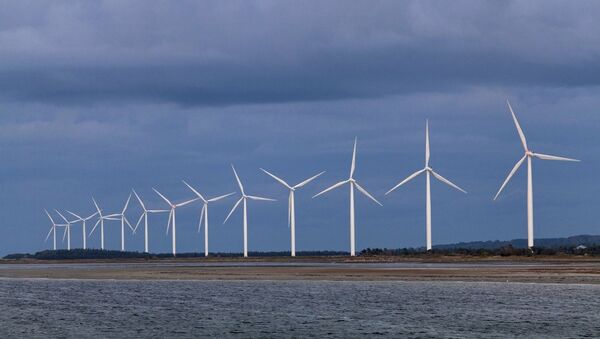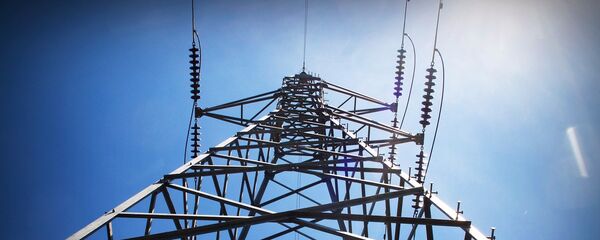Of all the Nordic nations, Norway predictably was the hardest hit by Urd that rolled in from the Atlantic. Torrents of rain and sleet, combined with waves reaching 20 meters high and wind gusts of 45 meters per second tore across Norway leaving uprooted trees and overturned lampposts in its wake. Norwegian emergency services and Civil Defense endured hours of feverish work unblocking roads and mountain passes. To crown it all, the hurricane plunged tens of thousands of households into darkness by knocking out power supplies.
Norway: Roofs blown off and trees felled by storm #Urd. 70,000 without power.https://t.co/AcQFc0k6ur
— Nordic News (@Nordic_News) December 26, 2016
When the storm reached Sweden and Denmark, it had already subsided in strength. Despite torrential rains and floods, both emerged almost unscathed in the post-Christmas period following the authorities' insistent warnings. Residents were advised to take precautions, including staying home and securing loose objects outside of their homes. The heavy precautions resulted in almost minimal damages in relation to the strength of the storm. Both nations escaped with a fright and some minor setbacks, such as flooded basements, fallen trees, damaged wiring or severe traffic delays.
Winter storm #Urd flooding streets in#Gothenburg imagine what half meter of sea level rise due to #climatechange will do in not far future pic.twitter.com/sSiICy0cX2
— Bo Norrman (@Innovabo) December 26, 2016
However, the storm did not bring only dismay and annoyance. The gales that pummeled Scandinavia set an all-time wind energy record. When Urd reached its peak, almost 5.7 million kWh of wind power was generated in Sweden, Swedish national broadcaster SVT reported.
"The extremely windy weather in the past few days meant that wind power produced almost as much as six nuclear power plants. Never before has Swedish wind power produced that much," said Anders Engqvist of the electricity company Bixia said in a statement.
In Denmark, which is one of the world's most regular users of wind energy, the gusty days created even more favorable conditions. Up to 110 percent of Denmark's electricity consumption was covered during the stormy days, peaking at 157 percent, Danish daily Berlingske reported.
In the 1970s, Denmark pioneered commercial wind power. Today, windfarms account for over 40 percent of the country's total electricity consumption.
In Norse mythology, Urd is one of the three Norns or female gods of destiny who decide the destiny of people, by spinning, meting out and cutting the threads of fate.
#norns pic.twitter.com/r6KlWVxh1O
— ❄ волчья шкура 🇷🇺 (@josevikingblau1) October 31, 2016
Never miss a story again — sign up to our Telegram channel and we'll keep you up to speed!



